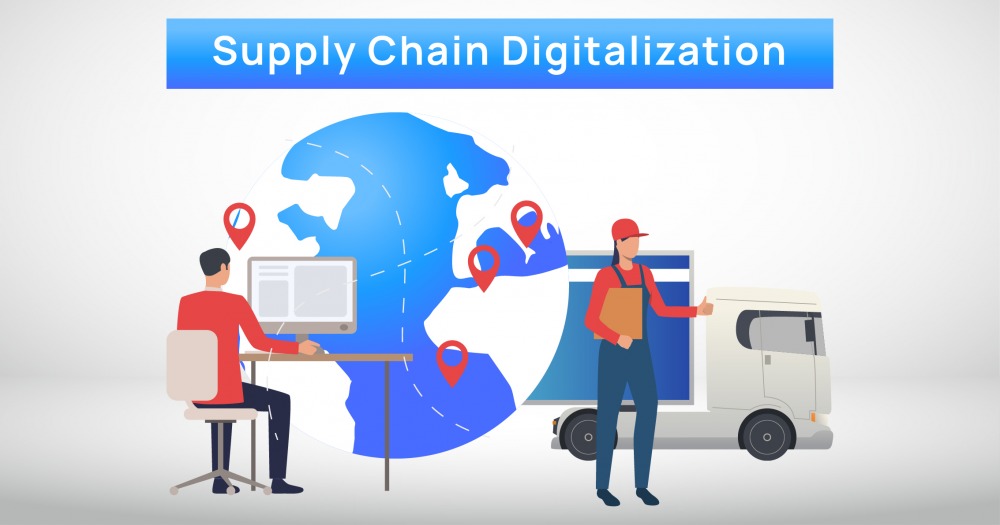If there is one thing that businesses must take away from Covid-19, it is that ‘digitalisation’ is no longer optional. The dependency on seamless, streamlined supply chain is higher than it has ever been. When we see two of the most impactful leaders in their domain, Microsoft and Fedex joining forces, it leads us to think of what the future might hold. We reach to the conclusion that ‘Supply Chain Digitalisation’ is essential for any logistics company that wants to propel.
Looking at the past few months, it has become clear that what consumers and businesses want are these few things – continuous service, transparency and visibility, highest level of quality, and most importantly – a trustworthy service provider. The expectations remained the same, despite a global pandemic, if not higher. This tells us that there is tremendous opportunity for logistics providers to go above and beyond. One way we can do this is through digitalisation.
Going back to Microsoft and Fedex, they will be pairing the logistics network of Fedex with Microsoft’s AI and cloud-computing abilities to provide enhanced visibility to entire supply chains (according to USA Today). Hence, every party involved from the manufacturers to the end-consumers will have increased amounts of transparency and information. ‘Supply chain digital’ says that ‘94% of Fortune 1000 companies saw supply chain disruption in the wake of COVID- 19.’ Going digital requires businesses to rethink strategies and change the way they function. A steep mountain, but definite success on reaching the other side.
A growing company cannot progress without having a centralised cloud based system. Here steps in digitalisation. Customers need to know the real-time information of their shipments. Here steps in digitalisation. Businesses need to know whether their deliveries were performed on time. Here steps in digitalisation.
There have been significant results which have shown revenue growth, increased market share as a preferred supplier, recognition of revenue at the earliest opportunity, and ability to offer value-added services to the customer. It benefits the internal stakeholders such as employees by imparting greater control and easing their work through automation. It benefits external stakeholders by making the organisation and its workflow more transparent. Rarely does anyone encounter a win-win situation in today’s competitive world, but digitalisation is one of them.

